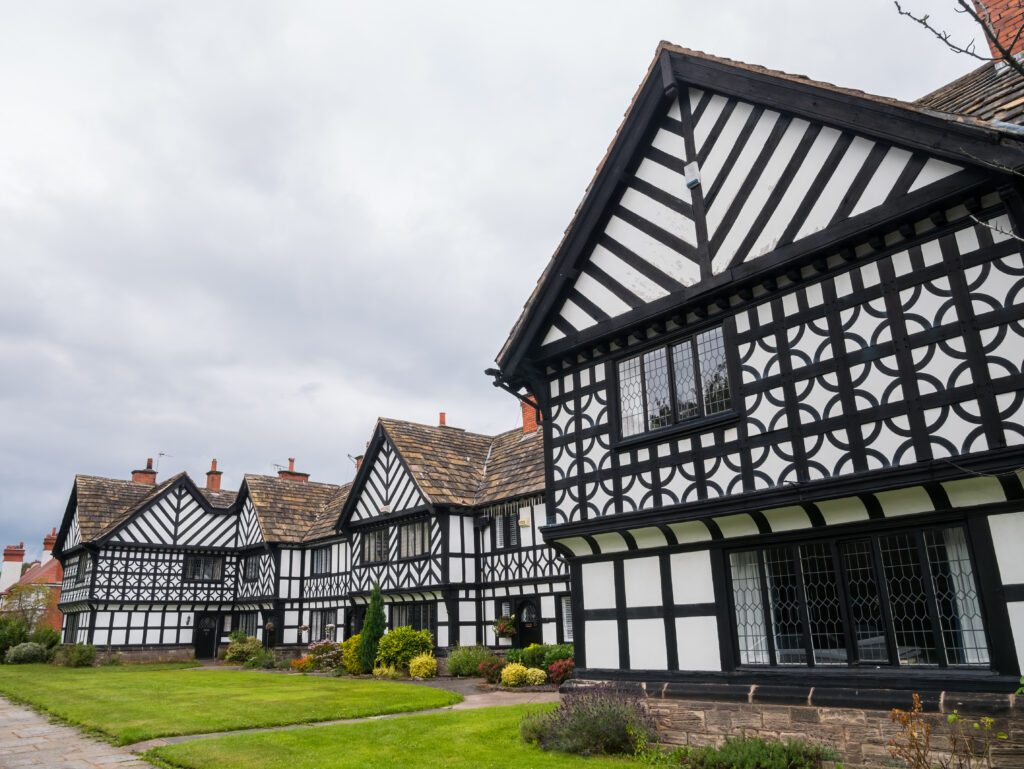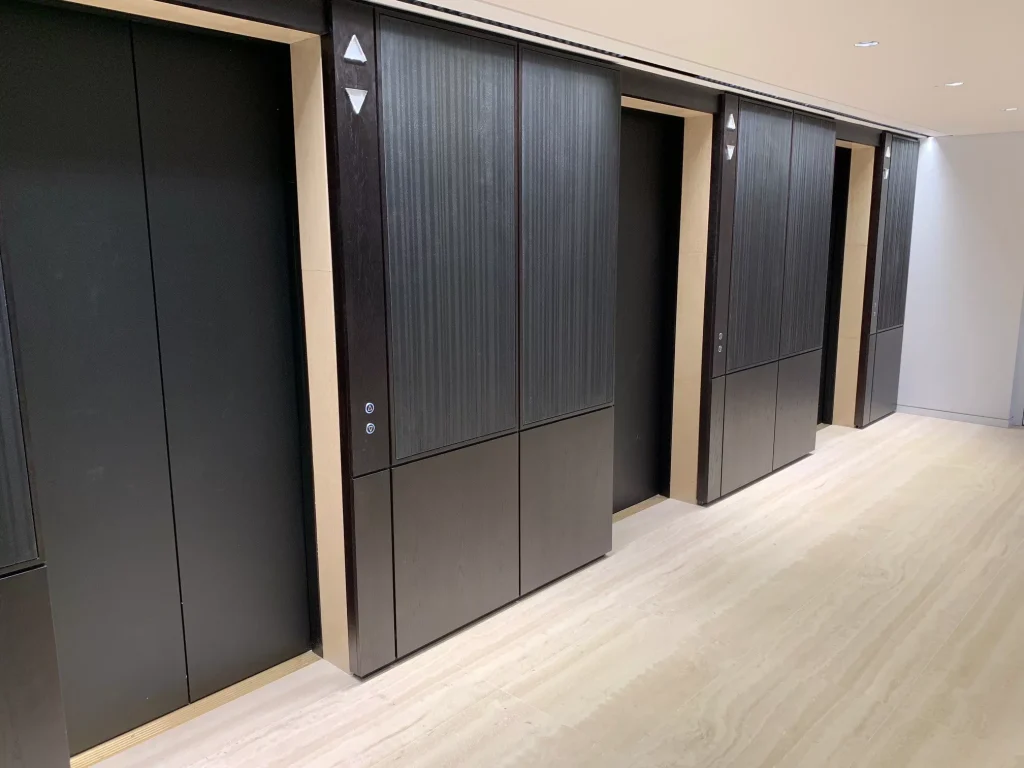“A dilapidation report is like an inventory of the structural make-up and contents of the building. This report is usually signed off by the building manager and the supplier (us) prior to any works commencing” Mas told me.
“We then have to work extremely carefully to ensure the building is as undisturbed as it can feasibly be”
“Heritage buildings unlike regular buildings always demand that the focus is very much on restoration rather than replacement. Anything that might need to be removed from the site has to be signed off by both the heritage council and usually the city or county council too. And it’s never our place to decide what is or isn’t important.
Anything deemed preservable would often be displayed in some way within the building”
It’s a procedure which requires careful and sensitive project management and does occasionally throw us the odd curveball.
“One time when I was working abroad, there was a piece of wooden beam within the lift shaft, and we had to obtain permission to remove this to allow for our equipment. Even the smallest things like that have to be adhered to”
“On another occasion when I was working in Sydney, my company at the time was replacing a lift made by another manufacturer. The brief stated that the brass finishes from the old lift had to be fitted into the cabin as part of the custom interior (to the extent of losing a few kilos off the max load of the lift).
As well as this, the original company name was to be fitted flush into the ground at the sill at ground floor level (this was completed by another company). The nibs could not be touched as it was the original finishing from late 1800/early 1900 and as a result, the LOPs (landing pushers) had to be fitted in a special housing into the adjacent wall”



